Dhaka, Mar 29 (V7N) -A powerful earthquake measuring 7.7 magnitude struck Mandalay, Myanmar, at a depth of 10 km yesterday, sending tremors across parts of Bangladesh, including Dhaka and Chattogram.
Although no casualties were reported in Bangladesh, the quake's impact was severe in Bangkok – more than 900 km away from the epicentre – where at least 144 people lost their lives (till filling the report).
If such an earthquake were to strike closer to home, what would be the consequences for Dhaka?
Experts warn that Bangladesh, situated at the junction of three tectonic plates – the Indian, Eurasian, and Burmese plates – is among the most earthquake-prone regions in the world.
The Indian plate's continuous movement northward creates immense stress along fault lines, particularly the Madhupur fault and the Dauki fault system. A magnitude 7.0 or higher earthquake could have devastating consequences for the country.
Lack of preparedness
Ishrat Islam, a professor at the Department of Urban and Regional Planning at Buet, told The Business Standard, "Bangladesh is at extreme risk of earthquakes. While some isolated efforts have been made, little attention has been given to community preparedness and proper oversight of building construction.
"Moreover, most people have no idea what to do after an earthquake. The severe lack of open spaces in our cities would make evacuation and rescue operations extremely difficult."
She further identified Old Dhaka and areas like Bashundhara as the most vulnerable parts of the capital.
"Most buildings in Old Dhaka are closely packed, with weak or outdated foundations. Similarly, Bashundhara's soft soil increases earthquake risk. That is why authorities like Rajuk must strictly enforce building codes and enhance monitoring to ensure safe construction."
Ishrat also added, "Our biggest challenge will be managing the aftermath. Community-based preparation is crucial. There must be predefined plans regarding where people will take shelter, receive medical treatment, and which roads will be used for evacuation. Community-based rescue teams must be established."
To mitigate earthquake damage, the Buet professor Ishrat outlined four key areas that require immediate government attention: strict enforcement of building codes to ensure safe construction; proper assessment of existing buildings to identify risks; post-earthquake hazard management strategies to minimise further dangers; and constructing building foundations based on soil conditions in specific areas.
Potential impacts
A recent study by Rajuk warns that if a 6.9 magnitude earthquake strikes the Madhupur fault in Tangail, between 40.28% and 64.83% of Dhaka's buildings could collapse. The estimated death toll would vary depending on the time of occurrence: 2.1-3.1 lakh lives in the morning, 2.7-4 lakh in the afternoon, and 3.2-5 lakh at night.
If a 7.1 magnitude earthquake hits along the Sylhet lineament, between 40,935 and 3.14 lakh buildings (1.91% to 14.66%) in Dhaka could suffer damage, according to the study.
Dhaka has over 21.5 lakh buildings under Rajuk's jurisdiction, including 5.14 lakh concrete structures. Of the 3,252 buildings surveyed, 42 were identified as high-risk and recommended for demolition.
Last year, Prof Mohsen Ghafory Ashtiany, founder of the International Institute of Earthquake Engineering and Seismology, told TBS that a 6.9 magnitude earthquake on the Madhupur fault could collapse up to 49.6% of major roads, 59.4% of urban roads, and a staggering 96.22% of major bridges and 96.79% of urban bridges.
In terms of financial impact, he estimated losses exceeding $1 billion in transportation, $887 million in water and wastewater systems, and $27.1 million in electricity infrastructure.
Unique risk factors
Experts highlight several risk factors for Dhaka's vulnerability. The city, one of the most densely populated in the world, is packed with poorly constructed high-rises, slums, and narrow streets.
Many buildings fail to meet seismic safety standards, turning them into potential death traps. Additionally, much of Bangladesh is built on loose, waterlogged sediment, which can liquefy during strong tremors, leading to building collapses.
Unlike earthquake-prone regions such as Japan or California, Bangladesh lacks widespread public awareness, emergency drills, and an efficient disaster response system, experts warn.
Historically, the region has witnessed devastating quakes. The 1897 Great Indian Earthquake (M8.0) claimed over 1,500 lives in then-undivided Bengal, while the 1918 Srimangal Earthquake (M7.6) caused extensive damage.
Speaking to TBS, meteorologist Md Rubayat Kabir, acting officer of the Earthquake Observation and Research Centre at the Bangladesh Meteorological Department (BMD), said, "We are in a high-risk earthquake zone, and even quakes outside Dhaka can affect the city. Bangladesh remains at risk if nearby tectonic plates shift. Therefore, buildings must be earthquake-resistant, and disaster management strategies should be pre-planned and ready."
He further added, "Experts had warned of yesterday's earthquake due to a seismic gap in the region. The surrounding tectonic plates, including the Eurasian plate, could trigger more earthquakes, potentially impacting Bangladesh significantly in the future."



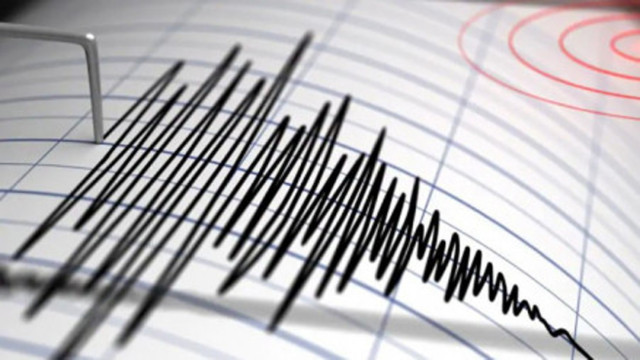




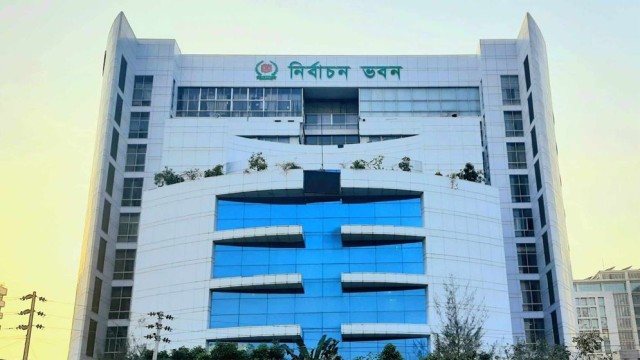
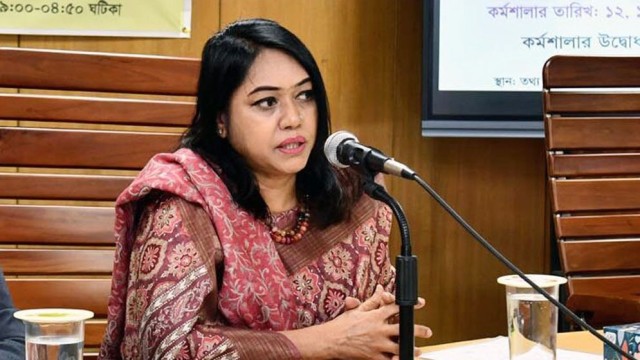




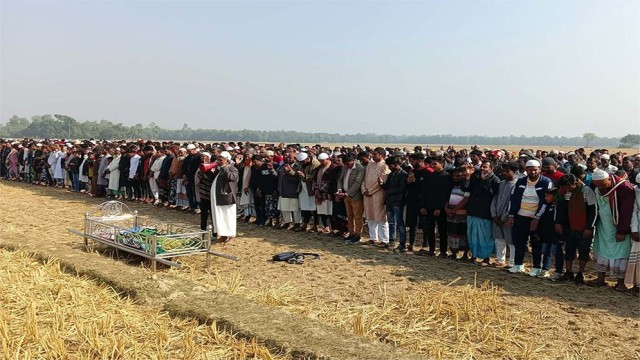
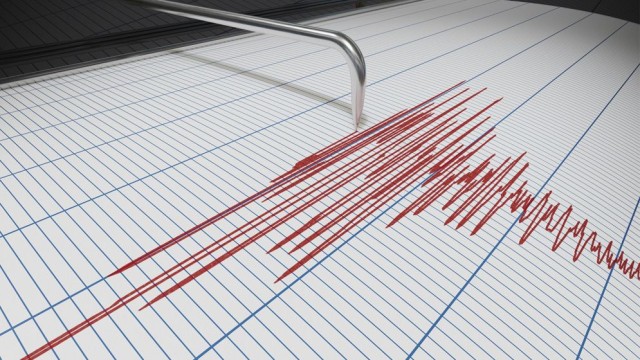







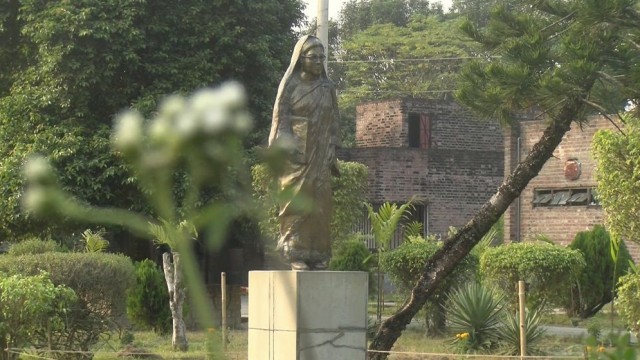







Comment: